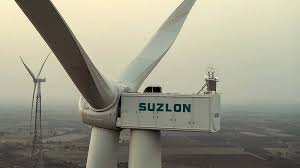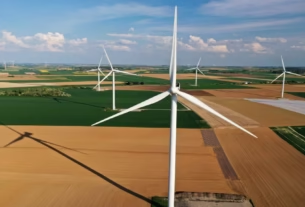In Short : The Ministry of New and Renewable Energy (MNRE) has renamed the “Revised List of Models and Manufacturers” (RLMM) to the Approved List of Models and Manufacturers (Wind), or ALMM (Wind), in an effort to strengthen India’s clean energy and renewable energy ecosystem. The goal of this modification is to encourage quality, innovation, and transparency in the wind energy industry.
Stricter recruitment requirements have been implemented by MNRE for important wind turbine parts, such as blades, towers, gearboxes, generators, and crucial bearings (main, pitch, and yaw), as part of this amendment. Going forward, installation in qualified projects will only be allowed for parts produced by businesses listed under the ALMM (Wind Turbine Components). MNRE-approved teams will perform technical examinations in order to maintain these listings.
The revised rules place a stronger emphasis on data security and localization in order to better conform to international sustainability communication requirements. It is now mandatory for all wind turbine manufacturers to locate their R&D facilities, data servers, and operational data systems in India. The ban on exporting real-time operational data to foreign servers strengthens India’s clean tech dependability and digital sovereignty.
Projects that have already been put up for auction or that are scheduled for captive, open access, commercial & industrial, or third-party sale will not be subject to these new standards as long as they are put into service within 18 months after the notification date. This prepares the industry for more stringent future compliance while providing flexibility for further advances.
Additionally, MNRE has made room for innovation. Unlisted components can be used to build up to 800 MW of capacity over a two-year period, which will promote next-generation wind technologies through R&D and pilot projects.
In addition to promoting the expansion of renewable energy, this policy change fortifies India’s wind manufacturing capability, which already exceeds 20 GW annually. It offers a chance to establish India as a world leader in wind technology innovation and sustainable development through improved digital marketing tactics and focused public relations efforts.
By implementing these measures, the government reaffirms its dedication to hastening the adoption of clean energy and strengthening India’s position in the global climate movement through organized and open sustainability communication.




